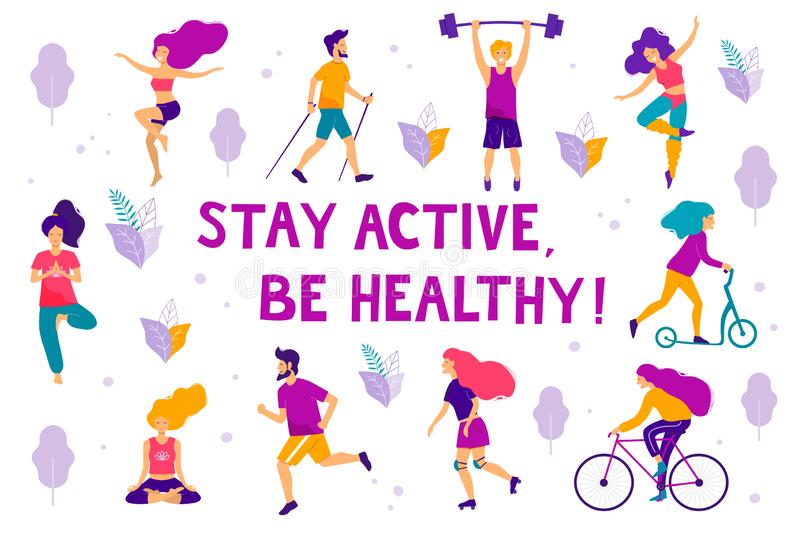
I stand by my first piece of advice, "The best exercise to do, is the one that you like! It means you will enjoy it and will do it regularly."
It is also important that you have recently checked in with your GP and/or neurologist so that your medical issues are well understood and managed.
Whether you are open to starting new types of exercise or tweaking what you currently do (both are good options), it is worth considering two broad areas;
- Activity and exercise as part of promoting good brain and body health.
- Activities and exercises to target specific symptoms related to Parkinson's disease such as posture, balance, agility and movement.
Physical activity is one of the top factors that helps maintain good brain health, along with a healthy diet, good sleep, effective stress management and social interaction amongst other things. Some good information about brain health can be found at www.brainhealth.org and The National Institute on Aging.
Looking after brain health can support the brain's capacity for neuroplasticity.
Exercise or activity that target PD specific symptoms will depend on a number of things, including:
- your current level of activity or exercise capacity
- your past experiences and preferences
- your individual symptoms and ability level (and everyone is different).
Finding a health professional such as a neurological physiotherapist is a good place to start as they can help identify, assess and measure your symptoms and capabilities to help you understand what areas need most focus and what your options are. You may already have a good idea of what things have changed or are difficult and an allied health professional will help you gain a better understanding.
Once you have an understanding of your PD, you will be able to make informed choices about what sorts of activities and exercises will meet your needs:
- Exercise could be continuing with your current activities such as running, walking, tennis or lawn bowls and then adding in 1-2 sessions a week of balance and strength training at home (prescribed by a health professional).
- Exercise could be trying out classes such as PD Warrior, tai chi or dancing as these have been shown to be beneficial and groups sound like a good idea.
- You may prefer to exercise in the privacy of your own home and utilise resources available online with support from your physiotherapist.
- You may be looking for a high intensity program delivered by trained professionals such as LSVT BIG.
Different approaches will suit different people at different times. There are benefits to be gained from most forms of activity and exercise as long as they are safe. Greater gains come when they are specific to your needs and are performed with the appropriate intensity and frequency.
